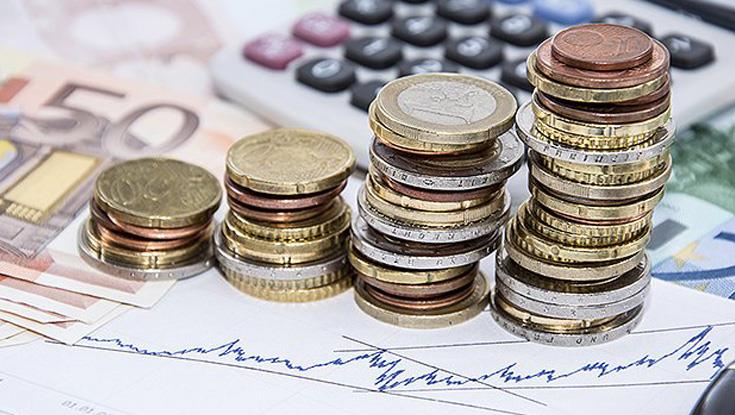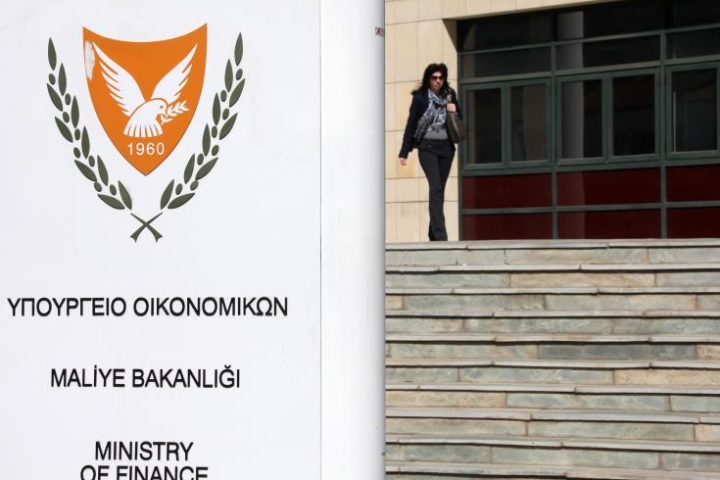By Nicole K. Phinopoulou
This article concisely develops another defining pillar of being the more significant component of how effectively Sustainable Development is to be achieved.
More specifically, Sustainable Investing or, in other words, investments that are based on the practically proven integration of the ESG triptych (Environmental, Social, Governance).
The Sustainable Investing pillar is an important aspect of the Cyprus National Recovery and Resilience Plan, and its correct implementation will require the cooperation of the government and the Parliament so that the appropriate legislative changes will unlock the €1.2 bln EU funding.
The ESG criteria measure and evaluate the sustainability and ethical impact of an investment or business decision.
That is, they measure how efficiently a business operates in favour of the environment, examine how a business takes into account social criteria, such as relationships with employees, suppliers, customers, and the societies in which it operates and finally, tackle corporate governance issues, such as executive directors’ fees, internal and external audits, and shareholders’ rights.
As citizens, businesses and governments globally strive to synchronise regarding sustainability, opportunities and risks associated with the ESG criteria lead to better businesses and long-term performance and value for the investors.
That is why these specific criteria can be an essential tool for investors when considering sustainability, ethical impact, and sustainable development.
For example, using these criteria, investors can decide whether their investment will have a financial benefit and a positive impact on the environment, the community, and all those affected.
In simple words, they know in advance if they will participate in a Responsible Sustainable Investment.
However, it must be said that the terminology and practices related to Sustainable Investing vary, and ambiguities arise.
It is possibly because ESG-based investments evolved from the original philosophy of socially responsible investing (e.g., charity) to a separate form of investing influenced by constant changes in demand within the broader financial sector.
Still, the main feature remains the search for long-term economic value combined with social and environmental benefits.
The real goal is to achieve and succeed in Sustainable Development for the ultimate benefit of people and the environment. ESG implementation actions lead towards what is called the Circular Economy.
As the capitalisation of ESG criteria becomes an increasingly important pillar of the investing process, measuring the real impact of an investment or financing is becoming increasingly important.
After all, this is the only way for investors to understand the organisations and projects in which they invest fully.
However, as noted above, special attention and thorough study are required as there aren’t yet any defined criteria on the international or European level for assessing Sustainability matters in a unified way.
Their development is still an ongoing process, involving many bodies internationally.
Examples include the Sustainability Accounting Standards Board (SASB), the Global Reporting Initiative (GRI) and the Task Force on Climate-related Financial Disclosures (TCFD), all of which are constantly working on creating the appropriate standards.
Until these standards are finalised, there are several platforms and indicators used by organisations and investors to help them make the right decisions regarding the long-term viability of any investment or project.
Although the publication of financial information in relation to ESG issues is not mandatory at this stage, due to increased supervisory and other requirements, more companies, mainly from the banking and wider financial sector, increase the data they publish regarding these specific issues.
Some even prepare separate Sustainability Reports even though these reports use different measurements and methodologies, which, even though they are valid, lead to non-uniformity of results.
The results may ultimately point out the portfolios with high ESG criteria; however, they remain open to interpretation.
Nonetheless, holistic presentation of information can be an initial form of evaluating the purpose and goal of an investment.
For example, the first stage of the European Sustainable Development Action Plan implementation is through the EU SFDR (Sustainable Finance Disclosure Regulation), fully implemented in March.
The EU calls on all financial institutions to disclose or publish information on both their internal and external Sustainability policies and their financial products.
In particular, both on a company/group level and product level, they are called to account for the Principal Adverse Impacts (PAI), i.e., the main adverse effects associated with their investment decisions or products, which may affect sustainability.
PAIs include a list of sustainability factors (emissions, waste, biodiversity, human rights) that financial institutions should take seriously into consideration when setting investment policies and making decisions.
The European Investment Bank (EIB) rightly notes: “Sustainability – Now is the time to change the world. An investment cannot be sustainable if it only concerns financing.”
Nicole K. Phinopoulou, Lawyer/Legal Counsel, Alumni of the Institute for Sustainability Leadership, University of Cambridge










